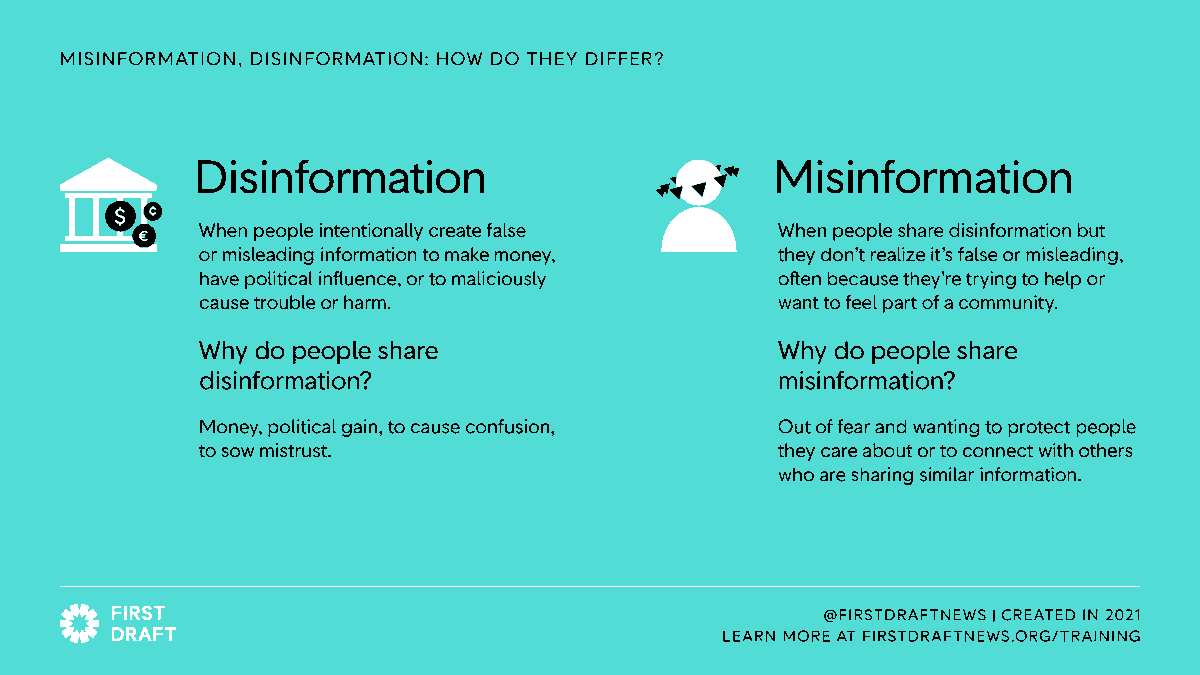Coronavirus has shown the damage of misinformation. We all need to be prepared for what we might face online.
Introducing our free two-week text message course that reveals how you can get prepared for the threat of US election misinformation.
Sign up: bit.ly/protection-fro…
Introducing our free two-week text message course that reveals how you can get prepared for the threat of US election misinformation.
Sign up: bit.ly/protection-fro…

This course will give you the knowledge you need to protect yourself from online misinformation. You’ll learn why people create and share false and misleading content, commonly used tactics for spreading it, how to outsmart it, and how to talk to family and friends about it. 

For 14 days you will receive a daily SMS message, with extra video and article links if you want to dive deeper. It’s designed to appeal to everyone: journalists, students, your friends and family.
Sign up ➡️ bit.ly/protection-fro…
Sign up ➡️ bit.ly/protection-fro…
Here’s how you can access our free SMS course to prepare for #US2020 misinformation:
1. Make a free account ➡️ bit.ly/protection-fro…
2. Decide when you want your daily text to arrive
3. Check you get a text confirming you’re signed up
4. Enjoy!
1. Make a free account ➡️ bit.ly/protection-fro…
2. Decide when you want your daily text to arrive
3. Check you get a text confirming you’re signed up
4. Enjoy!
We recommend you sign up using the SMS option — the other two are in development. If you prefer Whatsapp you’re going to have to reply NEXT every day to stay enrolled. 

For a sneak preview of the course, check out this video on how emotional skepticism can help protect vulnerable communities.
We’re hoping to translate the course into multiple languages, but want to test it in English first.
There’s a feedback form at the end of the course but if you need technical support or have any ideas please DM our training manager @lauragrb or email training@firstdraftnews.com
There’s a feedback form at the end of the course but if you need technical support or have any ideas please DM our training manager @lauragrb or email training@firstdraftnews.com
If you’d like to learn more about misinformation, you can sign up for our FREE public guide designed to help you navigate the #coronavirus infodemic.
In this course you will learn why we share misinformation, how to verify it and how to talk about it.
covid.firstdraftnews.org
In this course you will learn why we share misinformation, how to verify it and how to talk about it.
covid.firstdraftnews.org

• • •
Missing some Tweet in this thread? You can try to
force a refresh







